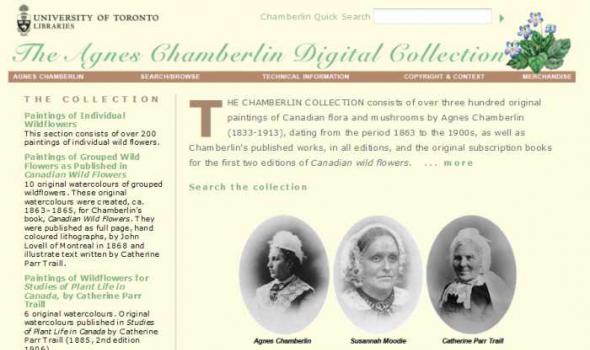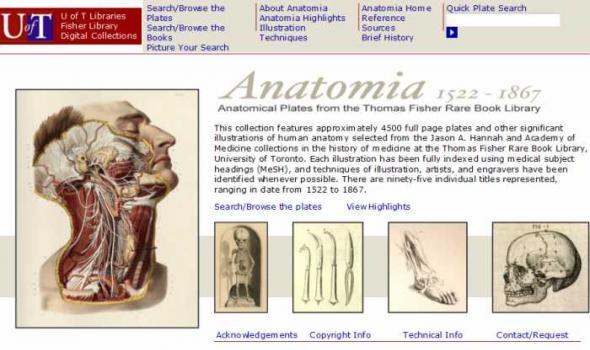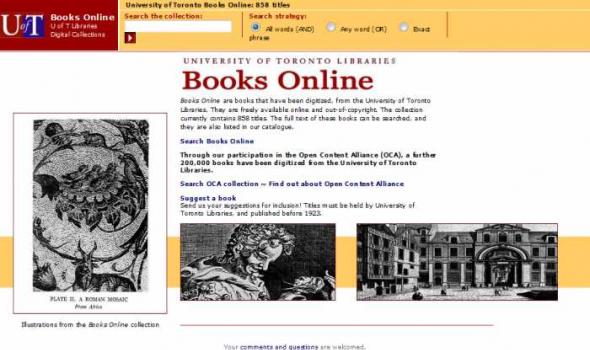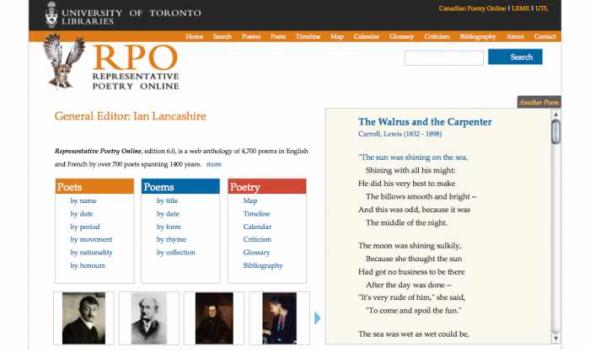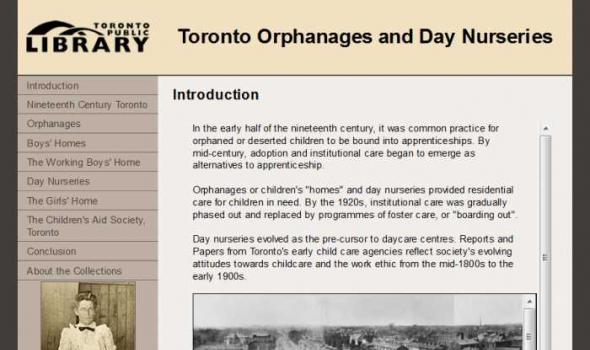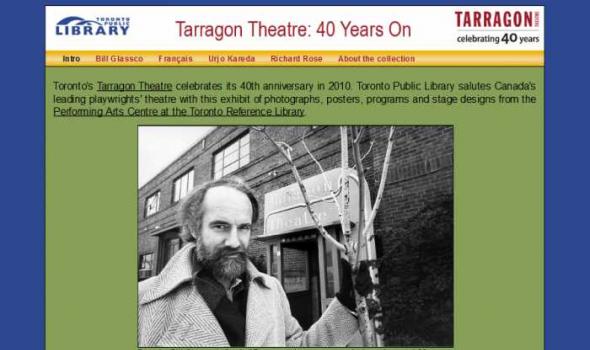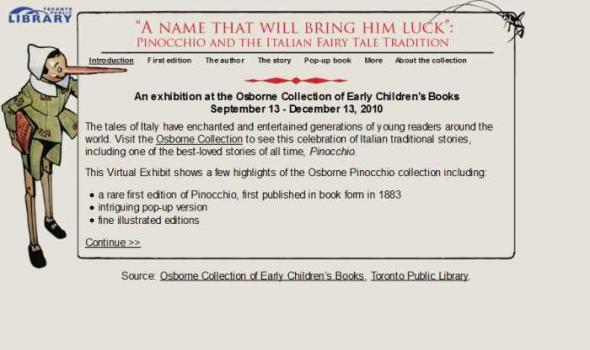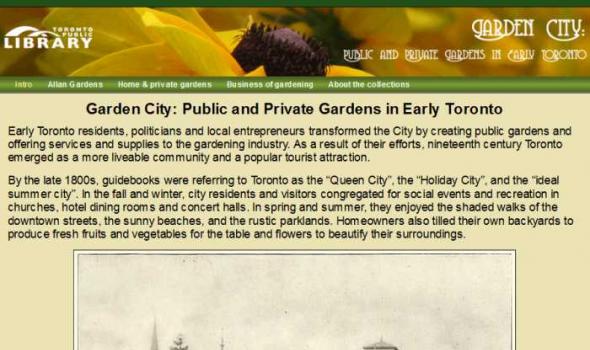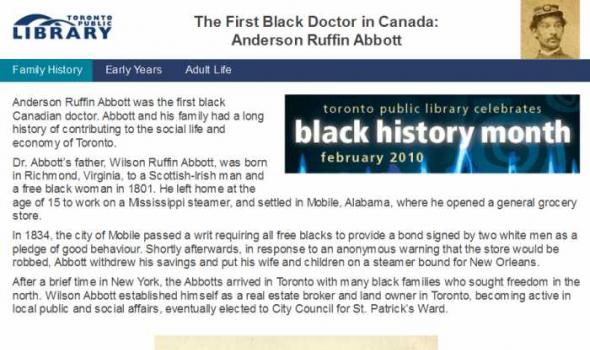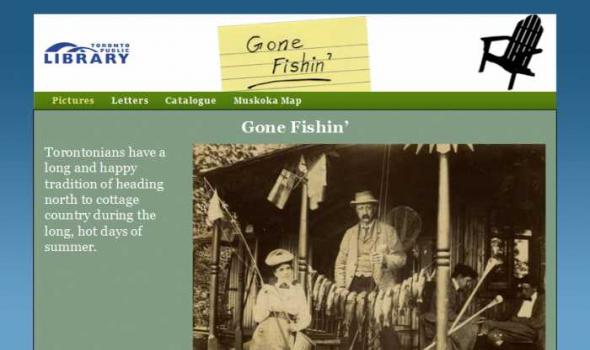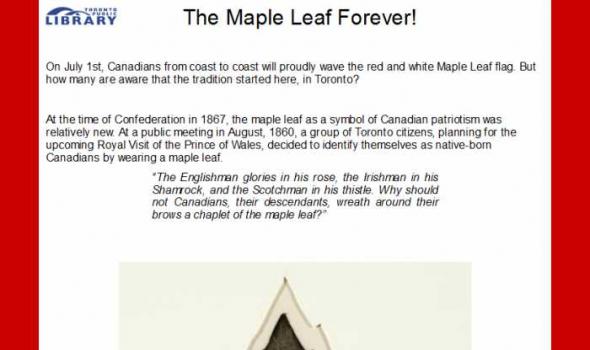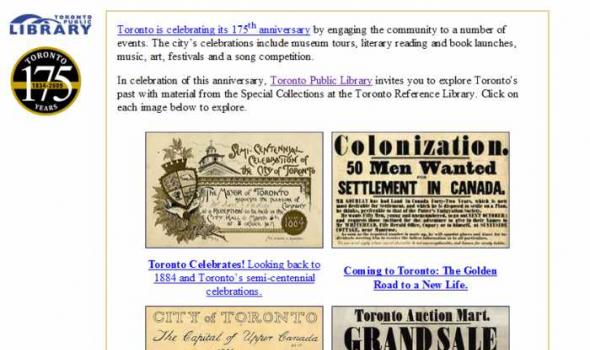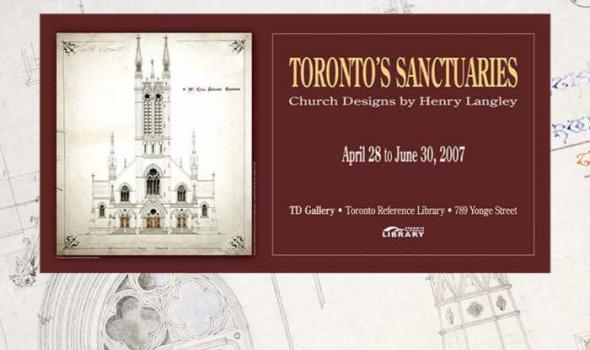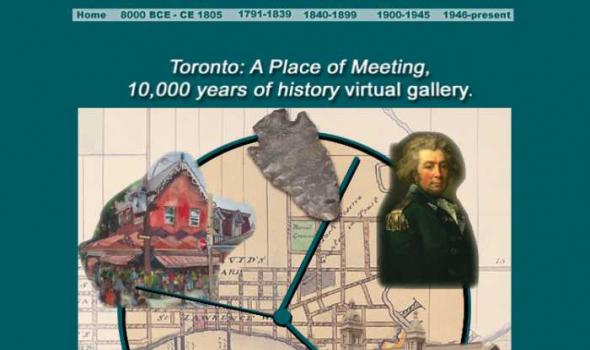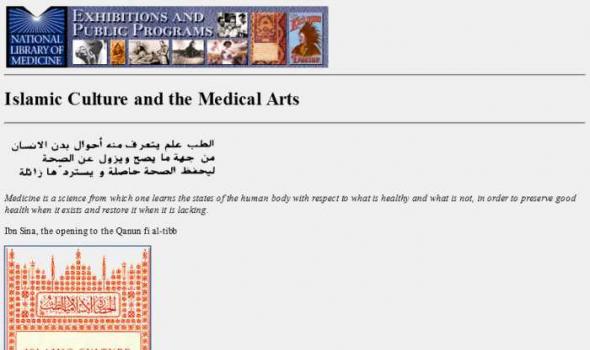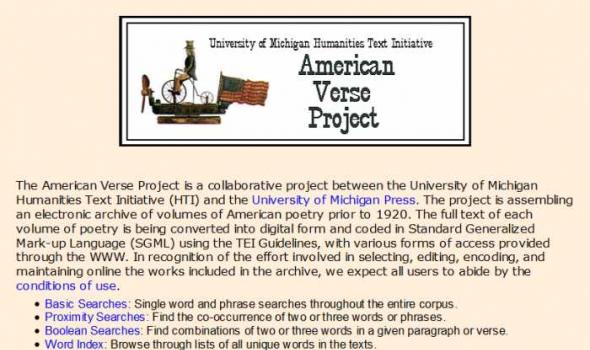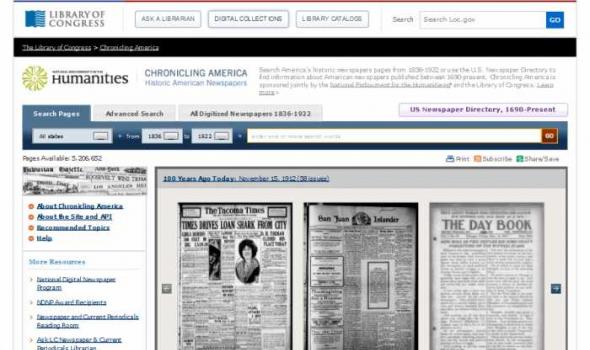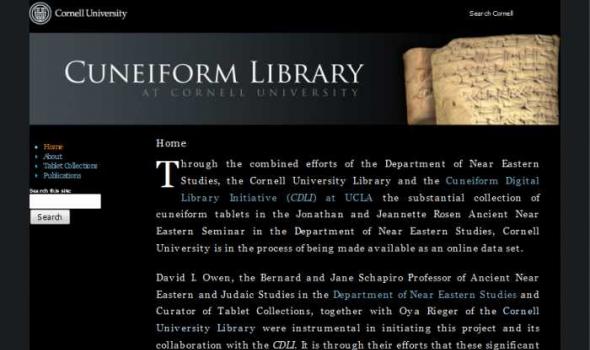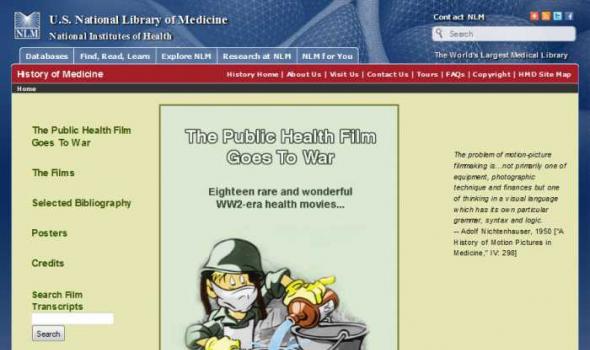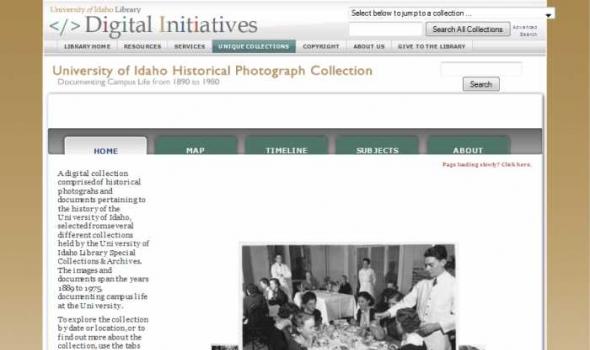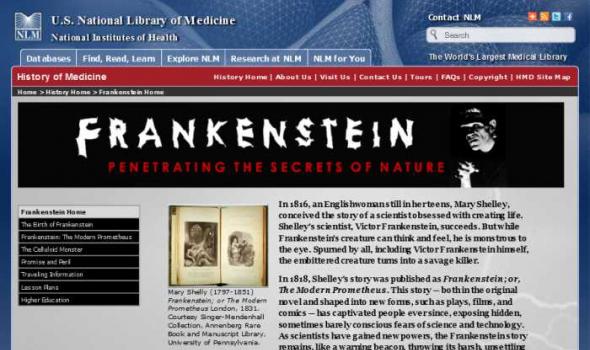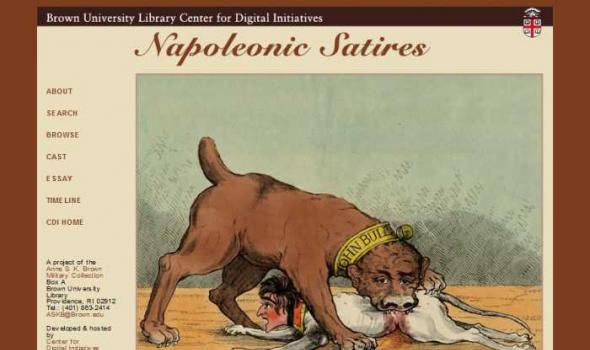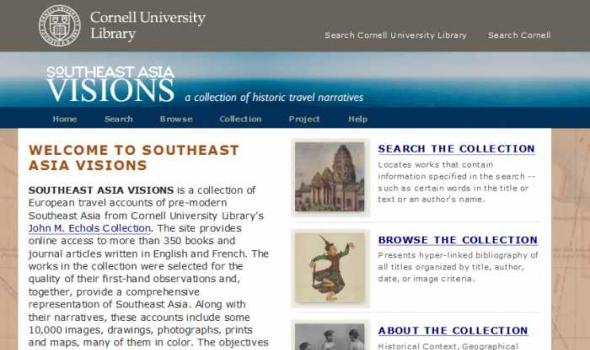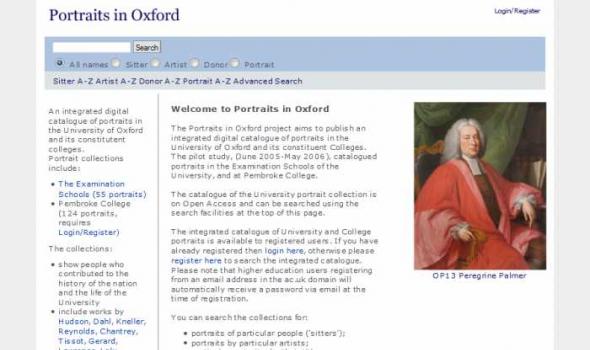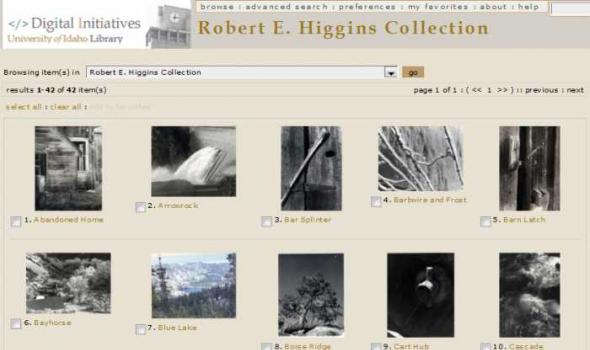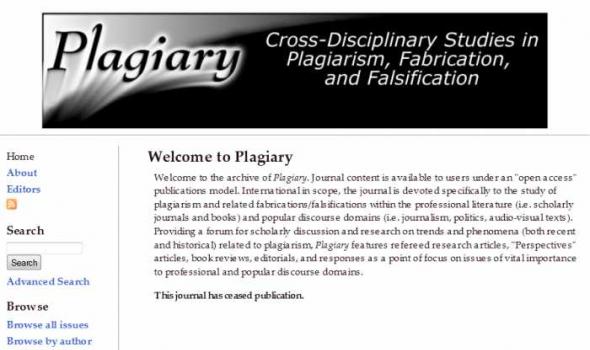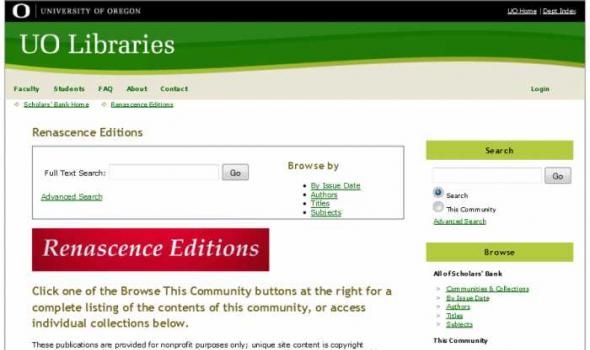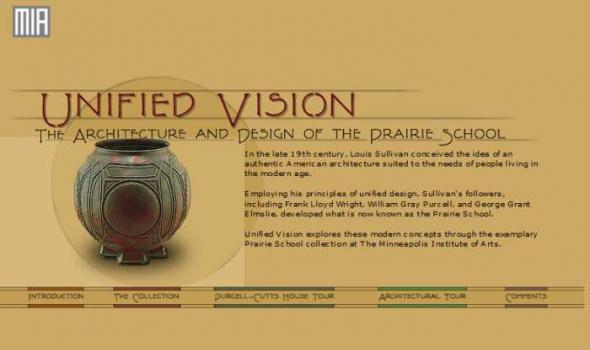Toronto
AGNES CHAMBERLIN In addition to the original paintings the Chamberlin digital collection also includes early editions of Canadian Wild Flowers and two editions of Studies of Plant Life. The story of how Canadian Wild Flowers came to be published is a fascinating one and throws considerable light on the state of publishing in Canada at the time, as well as on the determination and talent of Agnes herself. When her husband died in 1865 Agnes was left with very limited means, and set to work to supply illustrations for thirty of the flowers described in Mrs. Traill's manuscript, depicting them in ten groupings. Having secured five hundred subscribers for the work, she then found there was no lithographer in Toronto willing to undertake the printing.
This collection features approximately 4500 full page plates and other significant illustrations of human anatomy selected from the Jason A. Hannah and Academy of Medicine collections in the history of medicine at the Thomas Fisher Rare Book Library, University of Toronto. Each illustration has been fully indexed using medical subject headings (MeSH), and techniques of illustration, artists, and engravers have been identified whenever possible. There are ninety-five individual titles represented, ranging in date from 1522 to 1867.
Books Online are books that have been digitized, from the University of Toronto Libraries. They are freely available online and out-of-copyright. The collection currently contains 858 titles. The full text of these books can be searched, and they are also listed in our catalogue.
Online Editor's Introduction (Version 3.0) The Online Versions Representative Poetry Online , version 3.0, includes 4,079 English poems by 618 poets from Caedmon, in the Old English period, to the work of living poets today. It is based on Representative Poetry , established by Professor W. J. Alexander of University College, University of Toronto, in 1912 (one of the first books published by the University of Toronto Press), and used in the English Department at the University until the late 1960s. Its electronic founder and editor since 1994 is Ian Lancashire , who is a member of the Department of English, University of Toronto. He edits the poems in affection for and gratitude to their authors, whose works enrich and restore our lives.
Toronto Orphanages and Day Nurseries Introduction In the early half of the nineteenth century, it was common practice for orphaned or deserted children to be bound into apprenticeships. By mid-century, adoption and institutional care began to emerge as alternatives to apprenticeship. Orphanages or children's "homes" and day nurseries provided residential care for children in need. By the 1920s, institutional care was gradually phased out and replaced by programmes of foster care, or "boarding out". Day nurseries evolved as the pre-cursor to daycare centres. Reports and Papers from Toronto's early child care agencies reflect society's evolving attitudes towards childcare and the work ethic from the mid-1800s to the early 1900s.
About the Collection If you love the performing arts, you'll want to visit the fifth floor of the Toronto Reference Library , home of the Performing Arts Centre . It's a diverse collection of material and services devoted to theatre, music, film, television and dance. This includes the Bill Glassco Collection of original manuscripts from Tarragon's founding director, and early scripts from some of Canada's leading playwrights. To see more of our theatre collection materials online check out these other virtual exhibits: Also, visit the Canadian Theatre Record which contains many items from the Performing Arts Centre. To explore other Toronto Public Library virtual exhibits, click here .
The Osborne Collection Toronto Public Library’s Osborne Collection of Early Children’s Books is one of the world’s foremost historical collections of English-language children’s literature. Located in the Lillian H. Smith branch , the Osborne Collection holds over 80,000 items, including manuscripts, books, book-related art, archives, ephemera and book-related games. Our collection ranges from a 14th-century manuscript of Aesop’s Fables through medieval books of manners, moral tales of the Puritan era, 18th-century chapbooks and hornbooks to Victorian classics of fantasy, adventure, and school stories up to 1910. We also collect modern notable books published after 1910.
Garden City: Public and Private Gardens in Early Toronto Early Toronto residents, politicians and local entrepreneurs transformed the City by creating public gardens and offering services and supplies to the gardening industry. As a result of their efforts, nineteenth century Toronto emerged as a more liveable community and a popular tourist attraction. By the late 1800s, guidebooks were referring to Toronto as the “Queen City”, the “Holiday City”, and the “ideal summer city”. In the fall and winter, city residents and visitors congregated for social events and recreation in churches, hotel dining rooms and concert halls.
The First Black Doctor in Canada: Anderson Ruffin Abbott Anderson Ruffin Abbott was the first black Canadian doctor. Abbott and his family had a long history of contributing to the social life and economy of Toronto. Dr. Abbott’s father, Wilson Ruffin Abbott, was born in Richmond, Virginia, to a Scottish-Irish man and a free black woman in 1801. He left home at the age of 15 to work on a Mississippi steamer, and settled in Mobile, Alabama, where he opened a general grocery store. In 1834, the city of Mobile passed a writ requiring all free blacks to provide a bond signed by two white men as a pledge of good behaviour.
Panorama of the City of Toronto, 1857 Rossin House Hotel In 1857, the roof of the hotel provided the ideal vantage point from which Armstrong, Beere & Hime photographed their Toronto. The Rossin House, on the southeast corner of King and York streets, was the tallest building in the newer commercial district of Toronto when it opened that year. It was one of the city’s pre-eminent hotels, with an 1866 guide claiming: “What the Fifth Avenue Hotel is to New York, and the Windsor is to Montreal, so the celebrated Rossin House is to Toronto.” The Rossin House was destroyed by a fire in 1862, and was rebuilt in 1863.
Blessed with many ravines, wooded lots and parklands, early Toronto residents were able to enjoy many winter outdoor activies right in their own neighbourhoods. Sleighing, tobogganing, bobsledding, skating, curling, hockey, skiing and snowshoeing were all popular forms of winter recreation. As the city grew and prospered, clubs and associations formed, championships were organized and new facilities were built to meet the demand. Horse drawn sleighs were used to transport goods from farm to city stores in wintertime and wealthy businessmen had them in their stables. Toronto companies would occasionally decide to reward their employees by organizing group horse sleigh rides in High Park. Letter, 29 December 1883 Tobogganing became a popular sport in the late 19th century.
Royal Visits to Toronto. Toronto has hosted many royal visits. Anniversaries, fundraisers, conferences, athletic competitions and military duty are some of the events and occasions that royalty have celebrated or attended. These visits have included walkabouts and drive-bys that gave the public and media the opportunity to take photographs and catch glimpses of members of the royal family. George VI, visit to Toronto, 22 May 1939, at the King’s Plate, Woodbine (now Greenwood) Race Track, Queen St. E.
Gone Fishin’ Torontonians have a long and happy tradition of heading north to cottage country during the long, hot days of summer. In the 1860s the Muskoka Club was established by a group of Toronto adventurers who led annual expeditions to the Muskoka wilderness. By the 1870s several of the members had purchased land on Lake Joseph, and the tradition of summer cottaging was born. In 1898 a group of professors and alumni from the University of Toronto joined together to purchase recreational property in Go Home Bay, on Georgian Bay, held as shares in the Madawaska Club. Many of the cottagers in Go Home are descendants of those first Madawaska Club members.
On July 1st, Canadians from coast to coast will proudly wave the red and white Maple Leaf flag. But how many are aware that the tradition started here, in Toronto? At the time of Confederation in 1867, the maple leaf as a symbol of Canadian patriotism was relatively new. At a public meeting in August, 1860, a group of Toronto citizens, planning for the upcoming Royal Visit of the Prince of Wales, decided to identify themselves as native-born Canadians by wearing a maple leaf. This leather badge was worn at the reception for the Prince of Wales held in Toronto on September 7, 1860. Although the maple leaf had previously been used as a symbol for Canada, this was the first occasion on which it was worn as a national emblem.
Toronto is celebrating its 175 th anniversary by engaging the community to a number of events. The city’s celebrations include museum tours, literary reading and book launches, music, art, festivals and a song competition. In celebration of this anniversary, Toronto Public Library invites you to explore Toronto's past with material from the Special Collections at the Toronto Reference Library. Click on each image below to explore. To learn more about the history of Toronto, explore these past exhibits: Also, check out the following two books from our Curator's Showcase : To search for more historical images of Toronto from our collections:
Welcome to Local Flavour. This virtual exhibit surveys the various aspects of eating in Toronto over a span of 125 years. To turn the pages of Toronto's, click your mouse near the edge of the page to the right and then drag the mouse across to turn page. Or use the 'Next page' and 'Previous page' buttons at the top to flip through pages. You can also use the 'Go to page...' dropdown menu to quickly jump to any section of the exhibit.
Introduction The Special Collections at the Toronto Reference Library reveal a wonderful diversity of focus, form, age and content. Together, they form a cultural legacy that began in the late nineteenth century with the opening of Toronto's first public library. They continue to grow through acquisition and donation to ensure that users today and tomorrow have free access to their cultural and literary heritage. From the humble to the exquisite, each item in the collection has been treasured and preserved, and its story maintained by the librarians of the Toronto Public Library. In celebration of the Toronto Reference Library's thirtieth year at 789 Yonge Street, we proudly present a special exhibition from these collected works.
Introduction The second half of the nineteenth century was a time of wealth, optimism and growth in Toronto. Architecturally, it was an era that would drastically change the appearance of Toronto forever. A small but dedicated number of architects would infuse Toronto’s landscape with a variety of structures, possibly, the most striking being the churches, with their soaring spires, ornate towers and other Gothic Revival attributes. This exhibition honours one of these architects, Henry Langley, and features the Toronto churches that he designed, built and completed. Henry Langley, 1836-1907, was born in Toronto. He obtained his architectural training by apprenticing for seven years with an established architect, Scottish-born, William Hay, 1818-1888.
Opera Atelier holds a unique place in the North American theatre community, producing opera, ballet and drama performances that draw upon the aesthetics and ideals of the 17th and 18th centuries. Featuring acclaimed international soloists, period ballet (Artists of Atelier Ballet), original instruments, elaborate stage décor, exquisite costumes and most importantly, an imaginative energy, Toronto-based Opera Atelier has attained international recognition.
, Toronto Public Library's virtual exhibition that celebrates 10,000 years of the city's history. It recreates the exhibition on display at the TD Gallery, Toronto Reference Library, June 29 - September 22, 2002 and May 17 - August 2, 2003. Images are from the Library's Special Collections and private collections. The virtual exhibition is divided into five eras, beginning with the first human presence in the city 8000 BC and ending with modern city of 2003. You can explore the city's past by clicking one of the images on the map or a time period on the navigation bar. Each era begins with an Overview History , which summarizes the major trends and developments that shaped that time period.
The Toronto Public Library (TPL) has long been committed to an active exhibition program for its Local History and Special Collections in the Canada Trust Gallery at the Toronto Reference Library and other Library venues. The virtual version of All Aboard Toronto ? Railways and the Growth of a City , fully re-creates the exhibition on display in our Gallery from August 4 ? October 7, 2001. The exhibition explores Toronto railway history and its impact on the development of the city from the 1850s to the end of the steam era in the mid 20th century. It is illustrated with over a hundred collection items including paintings, drawings, maps, postcards, broadsides and other ephemera.
